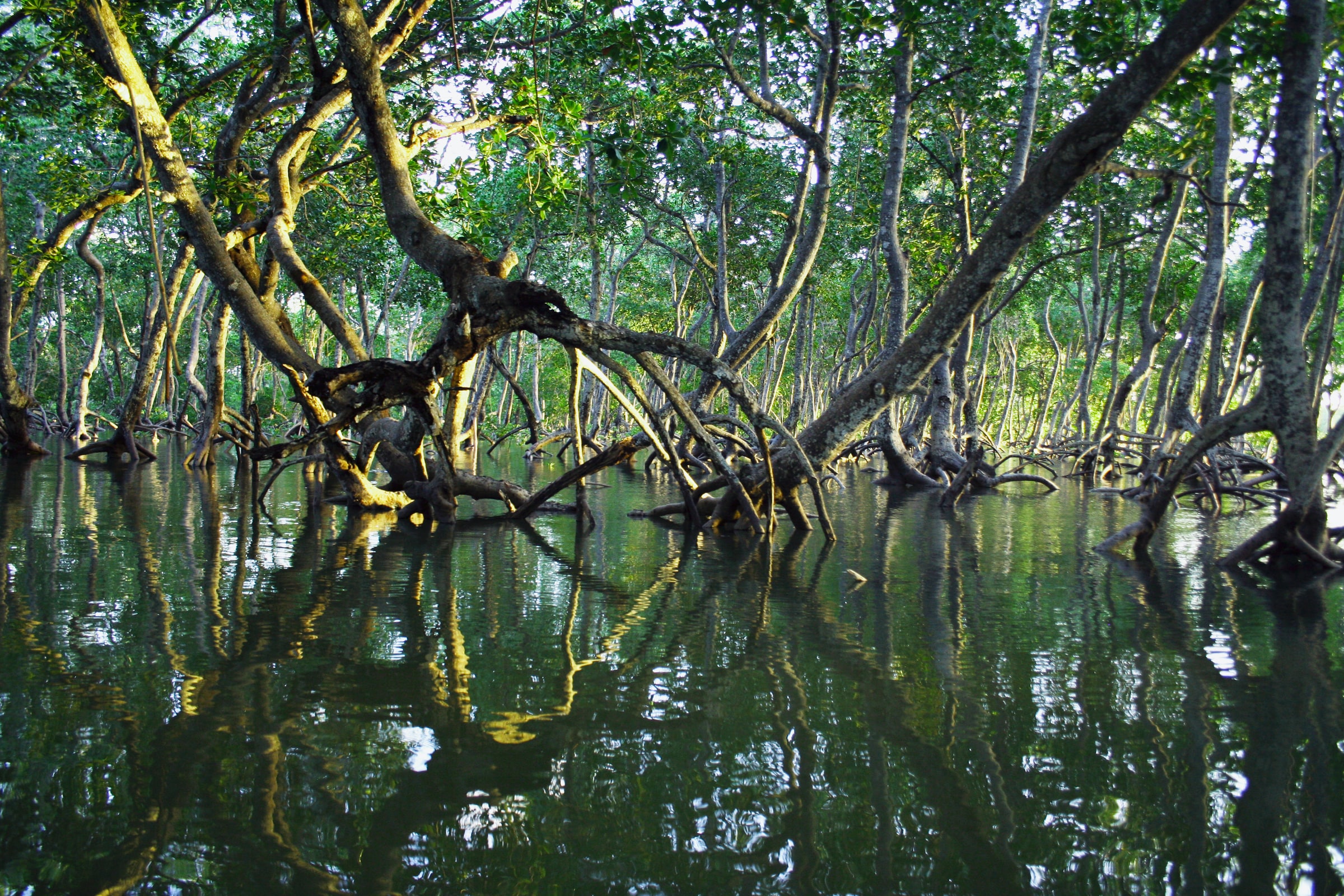These challenges are crystalized in the central fact that the ocean’s decline is primarily attributable to the levels of anthropogenic greenhouse gas emissions that we’ve been pumping into the atmosphere since the beginning of the industrial age.
The ocean is the great regulator of climate, through the water cycle, oceanic circulation and the ocean’s biological pump. It absorbs around 23% of annual emissions of anthropogenic CO2 into the atmosphere. It has also absorbed more than 90% of the excess heat caused by anthropogenic greenhouse gases (GHG), with the top few metres of the ocean storing as much heat as the planet’s entire atmosphere.
It is provocative for us all to appreciate that the constancy of these contributions and capacities have their limits. Over 80% of the ocean area experienced at least one marine heatwave in 2020, and ocean warming is now being observed at depths of 1,000 metres. Many thresholds and tipping points are becoming apparent, with concurrent negative impacts on marine biodiversity and ecosystems.
Acidification and deoxygenation
Due to excess CO2 emissions, the ocean is acidifying at the fastest rate in the history of the planet. It will be extremely difficult, if not impossible, for many ocean ecosystems and species to adapt to such a rapid change. Coupled with ocean warming, escalating acidification is bringing the survival of coral reefs into question. The IPCC has reported that up to 90% of tropical coral reefs will disappear, even if global warming is constrained to 1.5˚C, which is deeply concerning at a time when the World Meteorological Organization reports we are currently on a path to over 3˚C by the end of this century.
As well as acidification, the ocean is increasingly experiencing deoxygenation, changes to circulation of currents, dramatic melting of sea ice, marine life moving away from the tropics, and, through warming of sea surface temperatures, increased frequency and intensity of tropical cyclones, and rising sea levels. The IPCC’s Special Report on the Ocean and Cryosphere in a Changing Climate states that sea level rise is accelerating at an unprecedented rate and that an increase of two metres by 2100 cannot be ruled out.
Marine ecosystems such as mangroves, seagrass meadows and saltmarshes are, in terms of area covered, 10 times more effective at sequestering carbon dioxide than terrestrial forests. In spite of their massive sequestration benefits to us, human activity is destroying these coastal habitats at an alarming rate – protection of these blue carbon assets must be foremost for both climate and ocean action. What the ocean gives, it can take away; with this in mind, COP26 is called upon to agree upon the preservation and restoration of the ocean’s blue carbon assets.

Marine ecosystems such as mangroves are, in terms of area covered, 10 times more effective at sequestering carbon dioxide than terrestrial forests.
The basic fact is that we need to keep carbon in place in the way that nature intended, wherever that might be. While our understanding of the ocean’s properties is still limited, we know it is the planet’s largest carbon sink, so that closely protecting the special places within it has become urgent work at hand.
Biodiversity is critical to the implementation of climate crisis solutions. Reducing carbon emissions is essential, but we still need to draw down the excess carbon in the atmosphere and the ocean. The best way of doing that is through nature, but as things stand today, there isn’t enough wild nature left to do the job. The science is clear, we need to protect and rewild a large portion of the planet.
The Post-2020 Global Biodiversity Framework to be adopted at the forthcoming CBD COP15 in Kunming is expected to include a target to conserve 30% of the ocean by 2030. Meanwhile, when the Intergovernmental Conference on Marine Biodiversity of Areas Beyond National Jurisdiction (BBNJ) conference is concluded on 27 August 2021 it is expected that its agreement will include strong provisions for the establishment of an effectively managed and connected system of ecologically representative marine protected areas.
Because the ocean already makes such a huge contribution to mitigation of the climate crisis and would be able to contribute to a much greater degree if the right investment decisions were to be made, it is vital that we see an exponential increase in the share of climate finance going into the sustainable blue economy over the next decade. A transformative scaling up of public and private financing of ocean-based economic activities, especially in response to the needs and potential of developing countries, will accelerate our advance to a net-zero carbon world by 2050.
COP26 presents the best opportunity for the world to move the climate finance needle decisively in the direction of strengthening the ocean’s contribution to climate change mitigation and adaptation. Meanwhile, bringing ocean issues to the centre of the United Nations Framework Convention on Climate Change (UNFCCC) deliberations will create much greater impetus for countries to include and put into practice ocean-related measures in their climate strategies.
The solutions to the great 21st century challenges of climate change and biodiversity loss become clearer if we view them through the ocean’s blue lens. And on the road to the UN Ocean Conference in Lisbon next year, when we look through the same blue lens, we see there is no more important restorative moment than that of COP26 in Glasgow in November.
This article was first published by the World Economic Forum


